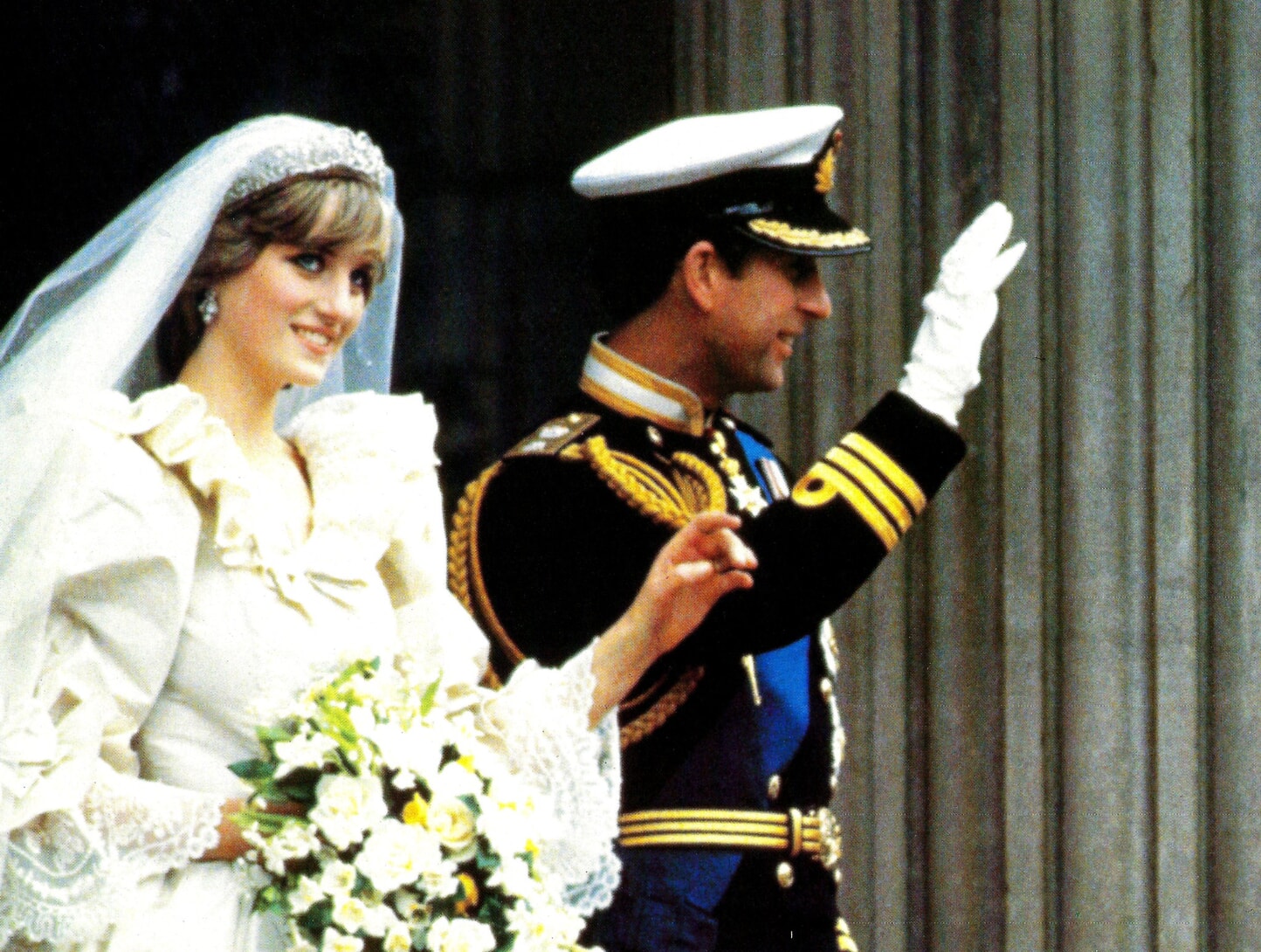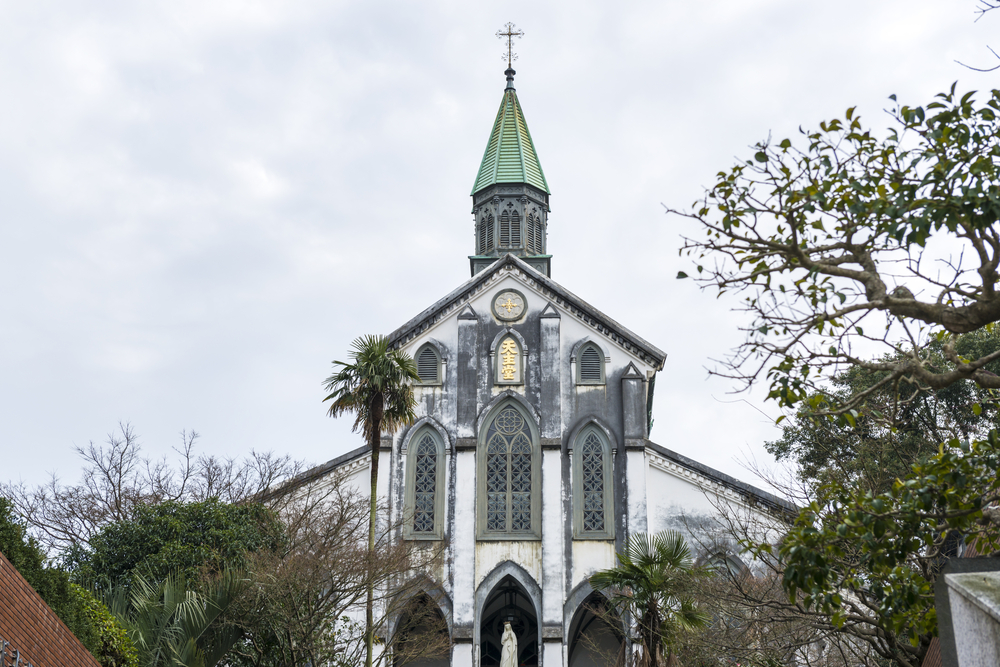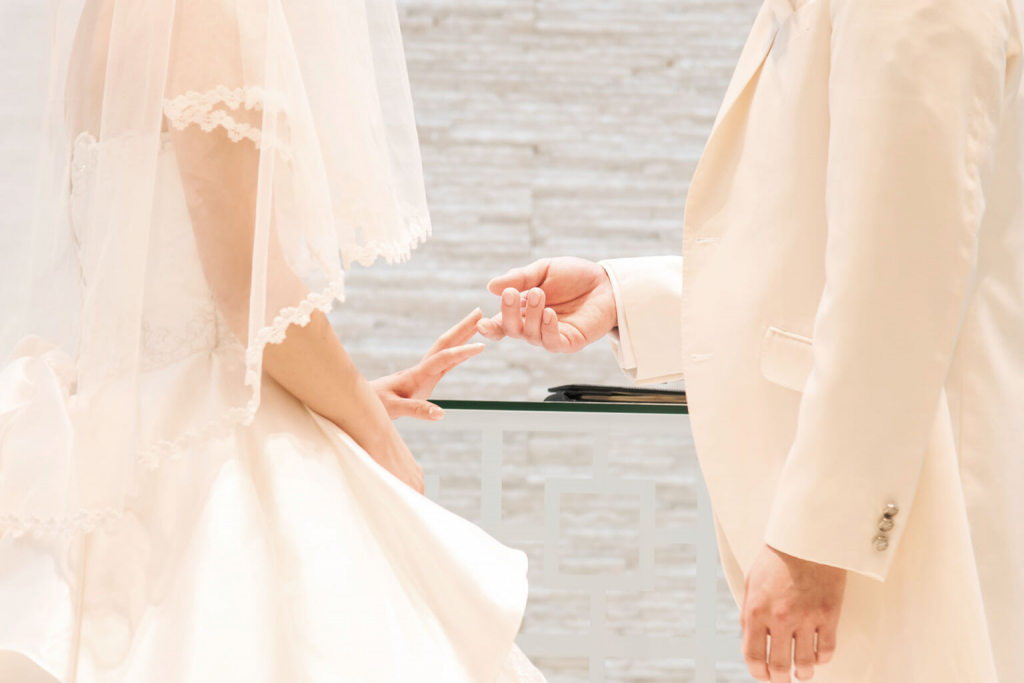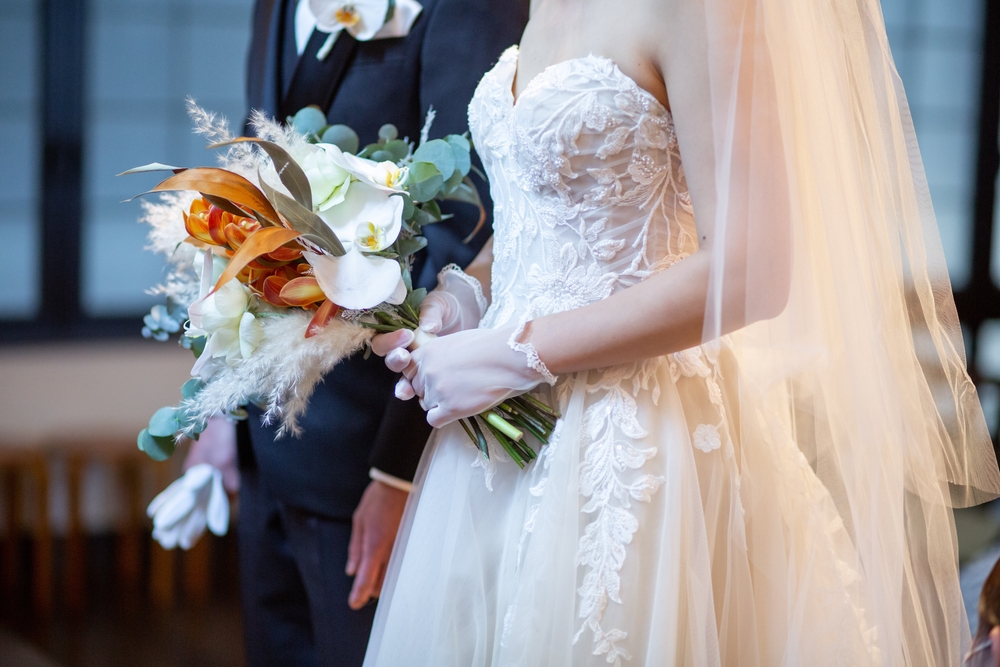One day I was standing outside my local ward office staring forlornly into the distance, the way people are wont to do when they undergo stress-inducing encounters with Japanese bureaucracy, when an old woman approached me.
“Where you from?” she asked.
“Kita Airurando (Northern Ireland).”
“That’s amazing,” she responded with such delight it ought to have been sardonic. “Have you seen Bohemian Rhapsody?”
Well, that’s a segue. But I admitted I had. It wasn’t half bad actually, I told her.
“Many Japanese people now know Northern Ireland, because Freddie Mercury’s boyfriend was from there.”
“Is that so?”
Whether or not there was veracity in her claims – and subsequent encounters where I’ve been drawing maps on napkins to a bemused audience make me doubtful – the interaction stuck with me. You see, even the smallest cultural quakes can cause ripples in the Japanese zeitgeist.
This is why Christmas and Kentucky Fried Chicken are inexorably intertwined. Why food and travel writer Michael Booth became the balding protagonist of a manga and anime series. And why cafés are styled after Finnish cartoons, fake townships as England in the Middle Ages and CBD shops in the likeness SoCal surf huts.

The prince and the princess smile and wave to the crowd as they emerge from St. Paul’s Cathedral, July 29, 1981. (Source)
Royal Ripples
One of the biggest (and most enduring) ripple effects was caused by Prince Charles and Princess Diana’s 1981 wedding bash which came during a boom in the British Royal family’s global popularity. The BBC reported that 750 million viewers (a full sixth of the world’s inhabitants) tuned in across 74 countries – at the time, the largest TV audience in history.
Japan, it appears, liked the whole ordeal very much. Perhaps it was because the soon-to-be-emperor, Crown Prince Akihito was in attendance alongside his consort, Princess Michiko. Maybe it was because it reflected the high-rolling atmosphere of 1980s Japan, where wealth abounded and Westernism had bled increasingly into mainstream culture. It could simply have been the spectacle; eclipsing more understated traditional Shinto weddings with pomp and splendor.
Whatever the reason, the royal wedding acted as a catalyst for betrothed Japanese couples to opt for Western – read Christian – style weddings. Famous examples from the era include actor Masaki Kanda and singer Seiko Matsuda’s televised celebrity wedding in 1985 and Naruhito and Masako’s 1993 wedding which fused Japanese and Western traditions.
From the 1990s onwards, Christian weddings became the most popular method of tying the knot, accounting for almost two-thirds of all weddings by 2011, despite only one percent of the population identifying as Christian.
No prior connection to God or the scripture acted as a prerequisite. Ordained ministers or priests weren’t necessitated to preside over the vows. Even churches were viewed as a negotiable setting.

Basilica of the Twenty-Six Holy Martyrs of Nagasaki, Japan
The Deep Roots of Christianity
The craze for Christian weddings in Japan may have been boosted by the 1981 royal nuptials, but there is a deeper historical connection.
Christianity has existed in Japan since Francis Xavier and a host of evangelical missionaries were roaming through Kyushu to the chagrin of bloodthirsty daimyo circa 1549. Though the religion was officially banned until the end of the Edo period, it thrived in secrecy on the west coast of Kyushu and nearby islands. This is evidenced by the Basilica of the Twenty-Six Holy Martyrs of Japan, also known as Oura Church, built in Nagasaki in the 1860s. It’s seen as a spirited symbol of Christianity’s ability to thrive in the face of adversity.
Christians were still persecuted from time to time during the Meiji Restoration, especially with the rise of nationalism and Shinto ritual becoming a form of patriotic duty. Full secularism was then established by the occupying US forces following the fall of empire at the end of the World War II. Christian ceremonies were no longer the preserve of underground groups, but rather a small (and growing) part of mainstream society – Christmas is one of the most ubiquitous and commercially successful examples.
Christian weddings slowly came into fashion as secular values were widely adopted and Japan looked towards a more multicultural future. According to data from the National Institute of Population and Social Security Research, arranged marriages also declined from around 70 percent of the total in the 1930s to around five percent by 2015. The increased freedom of choice throughout the 20th century, coinciding with a breakaway from traditional mores and tumbling rates of religious devotion, likely contributed to the proliferation of weddings focused on aesthetics over practice.
A Nice White Veneer
“Although widely popular, the Christian wedding ceremonies of contemporary Japan are frequently discussed as unequivocally secular, mere scenery, or evidence of the Japanese obsession with fashion and conspicuous consumption,” writes Jeremy Lefebvre in the Japanese Journal of Religious Studies.
For the most part, Christian weddings in Japan are aesthetic renderings: replicating the Church interior at an ad hoc wedding hall, paying a gaijin stooge to present themselves as cassock-clad officiator and centering events around a tuxedoed groom and his veil-dappled bride. Gone are the prayer books and divine exultation.
Perhaps this shouldn’t be a surprise in a country where exists the maxim “Born Shinto, live nonreligious, wed Christian and die Buddhist.” Religion is flexible in modern Japan and the veneer of a given ceremony is as much down to fancy as spiritual preference.
Some traditional ideals will always be lost as foreign trends come into vogue – admittedly, a term rarely used in the same breath as Christianity – because foreignness, particularly of the North American and European varieties, carries an incredible amount of cultural cachet in Japan. Not necessarily the idea of being foreign, but of its appearance and supposed “coolness.”
This is what has ultimately driven the appropriation and adoption of Christian weddings. And while the wedding industry has taken a recent dip due to Covid-era regulations and a shrinking population, the fad is set to continue.










